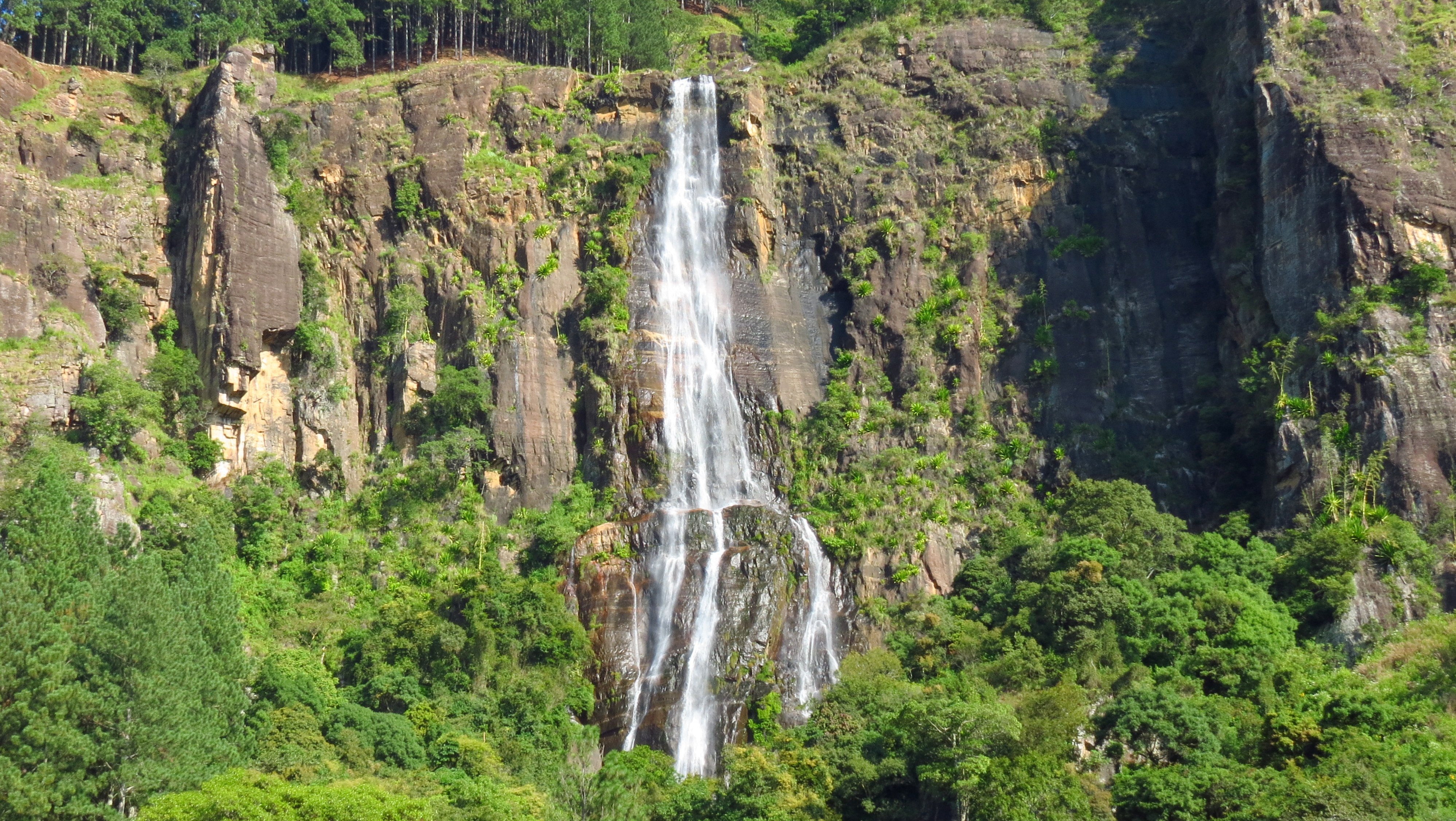The National Kite Festival which was postponed due to the inclement weather conditions has been rescheduled for the 10th and 11th of October 2015. The event will be held at Galle Face Green and the same agenda will be followed.
The kite competition will be open for both children (under 14) and open groups under the categories of the Most Creative Kite, The Kite of National Heredity, spreading the message of “A Drug Free Country” kite and an open category named The Best Fighting Kite
The festival will also include special kite making workshops, face painting, art workshops, film festivals, magic shows and other fun activities for the entire family. Organized by Kite Sri Lanka, in collaboration with the Presidential Task Force on Drug Prevention and Sri Lanka Tourism.
Kite Sri Lanka Organization, the most prominent Kite Association of the country committed to bringing forth peace and harmony within and beyond the island through the means of a kite will create a space for the inherited kite culture and traditions practiced by different ethnic groups during the festival. The organizers have focused specially on eco – friendly materials over the polythene usage in kite making. It will be an ideal platform for creative local kite makers to show their talents while strengthening the Sri Lankan kite industry over the flow of imported kites.
The involvement of the Presidential Task Force on Drug Prevention will make a meaningful difference to the National Kite Festival is spreading the message of “A Drug Free Country”. Different kite competitions, awareness programs under the theme will be featured during the festival fueling the national movement on drug prevention.
The festival will be magnified with the participation of a number of international kite observers and delegates from several countries. Kite Sri Lanka Organization after participating in a number of international kite festivals during the recent past, have created strong ties with international kite fliers and kite organizations who have been invited to the National Kite Festival 2015. Each participating country will have a separate slot in representing their own kite traditions to share experiences of the international kite industry with local kite lovers.
With all these special features, Kite Sri Lanka Organization is ready to host the National Kite Festival: . The organizers invite all kite lovers across the country to join hands with the mega kite festival of the year while enjoying kite making, watching and flying during 10th and 11th of October at Gall Face Green.




